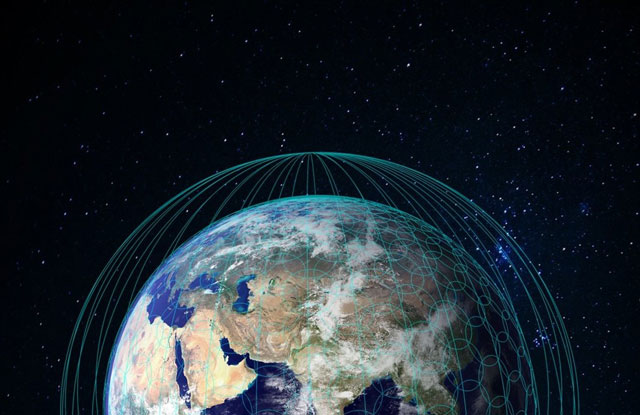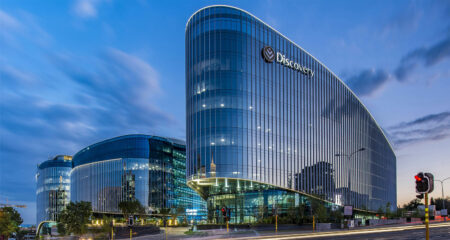
The world has been through three recognised industrial revolutions. The first came with the invention of steam power in the mid 1700s. The second, around 100 years later, harnessed electrical power for mass production. The third, another 100 years after that, was built on electronics and IT.
The idea that we are currently entering the fourth industrial revolution is gaining traction around the world. This year’s World Economic Forum (WEF) was even held under this theme.
“Today, we are at the beginning of a fourth industrial revolution,” the 2016 WEF report states. “Developments in genetics, artificial intelligence, robotics, nanotechnology, 3D printing and biotechnology, to name just a few, are all building on and amplifying one another. This will lay the foundation for a revolution more comprehensive and all-encompassing than anything we have ever seen.”
What is different about the fourth industrial revolution is that it is not premised on a single technology, but a coming together of a number of technologies in ways that could affect our entire existence. It is also not simply about growth at any cost but human well-being as well, which means decoupling growth from the globe’s resource constraints.
“These technologies all have enormous potential to democratise, de-monetise and de-materialise the world,” says Magda Wierzycka, the CEO of Sygnia. “Combined, they can lead to a more diverse, healthier, safer planet.”
She points out that it is becoming cheaper and cheaper to meet basic human needs. In the developed world, 70% of household spending goes to housing, transportation, food, healthcare, energy, education and entertainment. Within a couple of decades, the costs of all of these could be reduced to close to zero.
“For example, Skype has already removed the need for a telephone, Google has replaced the Encyclopaedia Britannica and Uber has removed the need to own a car,” Wierzycka says. “One smartphone now replaces a camera, watch, alarm clock, GPS, stereo, movie theatre, and the list goes on.”
In a future of self-driving Uber cars, the need to own your own transportation falls away. And that has huge cost savings because you no longer need to pay for insurance, repairs, parking or speeding tickets.
Similarly, genetic and biological advances are lowering the cost of food production. Genetically grown food is already a reality, and on a large scale it would massively reduce the use of land, water and energy that is currently needed for agricultural production.
Clean energy is another area that has gained significant traction, and worldwide investment into the industry was US$186bn last year alone. As storage is getting cheaper and more efficient, we are able to make fuller use of the enormous amount of free energy that comes from the sun.
“These new technology economies are the future,” Wierzycka says. “They are effecting corporates at an exponential rate. The fourth industrial revolution is not taking 100 years to evolve. It’s happening at incredible speed.”
For investors, this revolution poses both opportunities and risks. The US department of labour estimates that within 20 years, 40% of the job types currently available in the economy will disappear. On the flip side, private studies suggest that 50% of the jobs that people will have 10 years from now have not yet been invented.
Investors therefore need to think about two things: firstly, whether the industries and companies they are investing in today will still be dominant or even relevant in the not very distant future. Some very large institutional investors have already made the decision to divest from fossil fuels, for instance. They have accepted that the world is moving away from these energy sources and they do not offer a long-term investment case.
Secondly, investors have to think about whether they should diversify into the companies and industries that are behind the technologies driving the fourth industrial revolution. Some players, such as Google, IBM and Microsoft, are already prominent, but there are dozens of others that are less well known but have enormous potential.
For South African investors, however, it is particularly difficult to get exposure to these themes and companies. The opportunities on the local market are extremely limited, and it’s difficult to identify and access international funds that may focus on these industries.
It is therefore noteworthy that Sygnia will be launching the Sygnia 4th Industrial Revolution Global Equity Fund on 1 November. The fund will track a combination of 13 “new economy” indices created by a company called Kensho. These measure industries such as autonomous vehicles, drones, nanotechnology, robotics, virtual reality and 3D printing.
“This is not investing in start-ups or experimental investing,” says Wierzycka. “These are large companies with market caps of over $250m that are already using these technologies.”
In the past three years, the returns on some of these indices has been exceptional. The 12-month return on the Kensho Nanotechnology Index, for instance, has been 52,9% in dollar terms.
“I would treat these past returns with caution, however,” says Wierzycka. “These technologies have undefined payoff profiles and uncertain time lines in terms of how quickly money will be made. You want to invest because this is the future, not because of last year’s return.”
- This article was originally published on Moneyweb and is used here with permission




